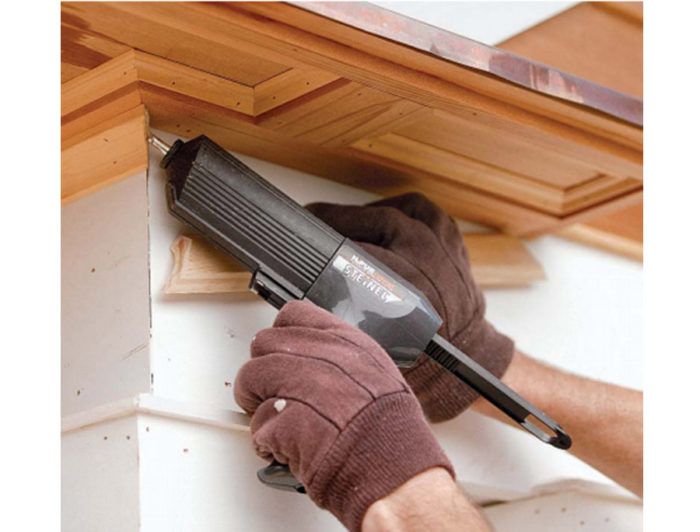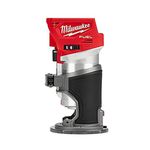Three Tough Glues for Outdoor Use
The right adhesive will keep joints tight and wood from rotting.

Synopsis: Having experimented with a dozen exterior glues, New Orleans contractor John Michael Davis picks his three favorites and explains where and when he uses each one. Along the way he offers tips to help ensure that exterior glue joints stay together.
In the early 1990s, I moved back to New Orleans after spending many years working as a carpenter in California. At that time, my knowledge of adhesives could be summed up in two words: yellow glue. Wherever I needed to join two pieces of trim—whether inside or outside— I’d squeeze out a dab of glue, nail the wood securely, and forget about it—only for a while, as it turned out. My cavalier approach to joinery may have been acceptable for the benign California environment, but not for the sweaty pressure cooker that New Orleans residents laughingly call a climate. After a year or two of seasonal movement, many of the joints I was so proud of had separated, giving moisture and rot a clear shot at vulnerable end grain.
Since then, I’ve experimented with more than a dozen adhesives marketed for exterior use, and I’ve regularly monitored my creations to see how they’ve held up. Although other glues have their advantages, I’ve settled on three that are particularly effective for my work and my location: For simple, tight-fitted joints, I use polyurethane glue; for clamp-free assemblies and gap-filling, I use hot-melt polyurethane; and for extreme conditions, I use marine epoxy.
No glue is totally waterproof
As far as I can tell, old-time carpenters never used any kind of glue outside. They, however, had the advantage of building with old-growth lumber species that were rock stable and highly rot-resistant.
Gluing exterior joints gives the inferior grades of lumber that we have to work with nowadays a fighting chance by sealing the grain of the wood and keeping the joint from opening up to allow water to get to that grain.
But you can’t rely on glue alone. Despite what some manufacturers might claim, no glue is 100% waterproof. Engineers tell me that the best glues are merely more water-resistant than their competitors. Given enough water and time, every glue joint will fail. So no matter what adhesive you choose, you always should design the joint to shed water, and you should keep it well painted.
I’m a working carpenter, not a scientist. I can’t provide a technical article full of formulas and properties of each glue type. But I can offer a hands-on account of what works best for me in an unforgiving climate. If you’re building in Pasadena, yellow glue might be the only two words you need to know.
Polyurethane glue is convenient but messy
Polyurethane glues first appeared about 10 years ago. The Gorilla brand is the most prominent player in the market, but I haven’t found any difference between it and less-expensive choices, such as Probond. As a single part glue that’s ready to use right out of the bottle, polyurethane is the most user-friendly adhesive in my arsenal. When I’m trimming a cornice 2-1 ⁄2 stories up, I particularly appreciate the convenience.
For more photos and details on the top three exterior glues, click the View PDF button below.
Fine Homebuilding Recommended Products
Fine Homebuilding receives a commission for items purchased through links on this site, including Amazon Associates and other affiliate advertising programs.

Milwaukee Compact Cordless Router (2723-20)

A Field Guide to American Houses

BOSCH Compact Router (PR20)

























